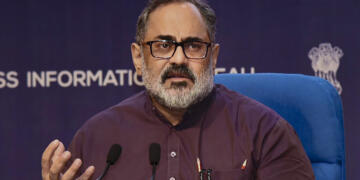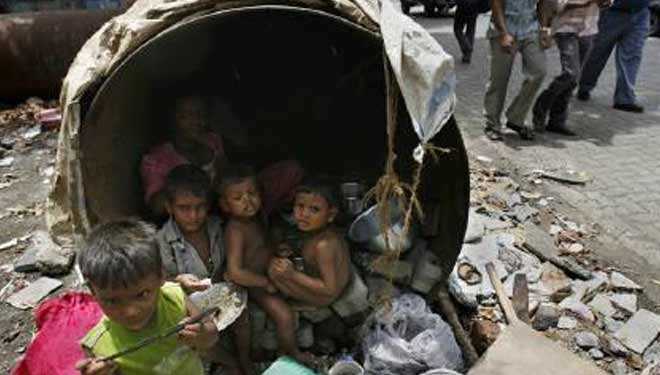A Brookings study has stated that India is no longer home to the largest number of poor people. The study stated that Africa accounts for about two-thirds of the world’s extremely poor. There are 18 countries in the world where extreme poverty is rising and 14 out of these 18 countries are in Africa. If these trends continue, Africa will account for 90 percent of world’s poor by 2030. The countries in South Asia, East Africa, and the Pacific have high rates of poverty reduction. India, Indonesia, Bangladesh, the Philippines, China and Pakistan have very high rates of per capita income growth in recent decades. The double-digit economic growth in countries with a large number of poor people like India and China has helped in bringing down the global poverty levels like never before. According to Asian Development Bank (ADB), Asia-pacific countries accounted for almost 60 percent of world GDP growth in recent years. As per the study, “global income increases and economic growth in the last decades have led to systematic decreases in poverty rates worldwide, with the experience in India and China having played the most important role when it comes to the overall number of persons escaping absolutely poor conditions.”
Sustainable Development Goals (SDG) has set a target to pull 92 people out of poverty every minute in the world. As per the Brookings study, every minute 70 people escape from extreme poverty which is not very far from the SDG’s target. The SDGs were set by the United Nations in 2015 to cover social and economic development issues including the aim to eliminate global poverty by 2030. According to the Brookings report, “Between January 1, 2016 – when implementation of internationally agreed Sustainable Development Goals (SDGs) started – and July 2018, the world has seen about 83 million people escape extreme poverty. But if extreme poverty were to fall to zero by 2030, we should have already reduced the number by about 120 million, just assuming a linear trajectory. To get rid of this backlog of some 35 million people, we now have to rapidly step up the pace.”
N R Bhanumurthy, Professor at the National Institute of Public Finance and Policy expressed his assumption that India would be able to eliminate extreme poverty by 2030, which seems realistic given the country’s record in the past 10 years in reducing poverty and its ability to meet the Millennium Development Goals. But to achieve that we must continue to grow at 7%-8% for the remaining period.
The Indian economy is the fastest growing economy in the world and expected to be a $5 trillion economy by 2025. The economic reforms that have become characteristic of the Modi government are expected to propel the GDP growth of the country into double digits. As studies have shown, a nation’s economic growth is helpful in pulling people out of poverty, and if India’s GDP grows by double-digits, it may achieve poverty elimination before 2030, the target set by the United Nations in Sustainable Development Goal. The efforts to eliminate the leakage in social security benefits by the Modi government will make sure that the poor in the country get benefited from the government’s developmental programs.

































